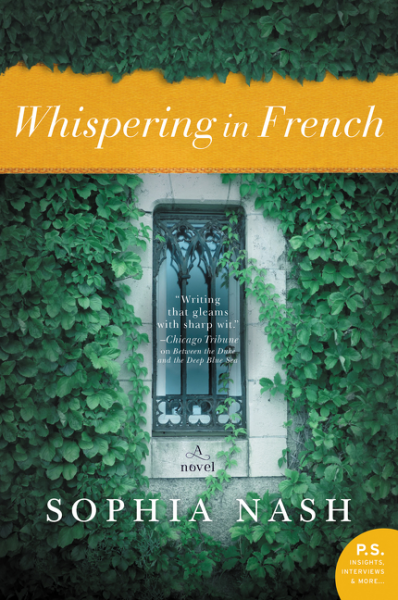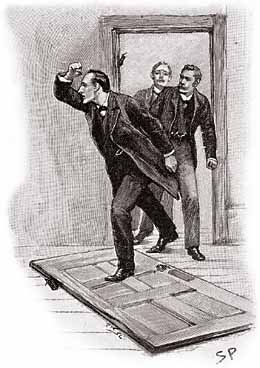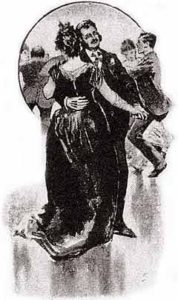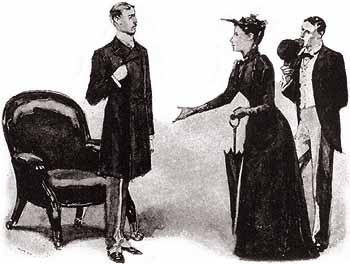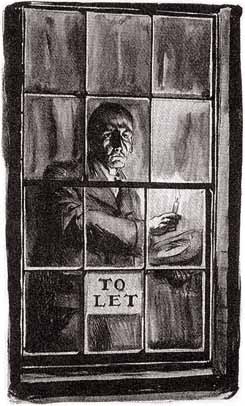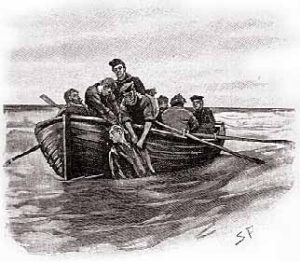I was a big fan of the series Twin Peaks, which I watched faithfully each week until some time into the second season, after which I felt the series took a nosedive (I did ultimately watch all the episodes at some point last year). I read Laura Palmer’s secret diary (and wished I hadn’t). I watched Fire Walk With Me (and wished I hadn’t). When it was announced that the series would return, I was excited because I thought I’d have some answers about what, exactly, was going on. Well, if you watched Twin Peaks: The Return, maybe you liked it. Maybe after it was over, all you could think was “WTF did I just watch?” (That was me, by the way.) I think I did like parts of it, but in general, I can’t really recommend it because I felt it dropped too many threads and didn’t resolve much of anything. I was so frustrated by the ending of the series, that I decided to read Mark Frost’s book, The Secret History of Twin Peaks, hoping it might offer some answer. I also decided I would check it out of the library rather than buy it because I had a feeling it wouldn’t be something I’d need to own. I have to say that it did explain the series a bit, but not enough.
The book presents itself as a dossier compiled by a “mysterious” person the FBI refers to as “the Archivist.” No one who has watched the series will likely be surprised by the Archivist’s identity, but they might be surprised by a few of the revelations the book offers. Recorded weirdness in the area near Twin Peaks dates all the way back to Lewis and Clark, and the book implicates everything and everyone in this weirdness, from aliens and UFOs, the Air Force, Richard Nixon, Jack Parsons, L. Ron Hubbard, Aleister Crowley, the Masons, the Illuminati, the Nez Perce and Chief Joseph, and Douglas Milford, who you may remember married a young siren named Lana in the original series and died on his wedding night—it’s strongly implied sex with Lana did poor Dougie in. However, much of the series still remains unexplained. Frost has another book coming out on Halloween, and perhaps this final tome will put the mysteries to bed, but I am starting to feel about the Twin Peaks franchise the same way I feel about Anne Rice.
Let me explain.
I really loved Interview with the Vampire. I rushed right out and read the rest of the Vampire Chronicles that had been published at the time. I also loved The Vampire Lestat. I didn’t love The Queen of the Damned, but when I enjoyed The Tale of the Body Thief, I decided maybe The Queen of the Damned was a fluke. Then came the others. Merrick. The Vampire Armand. Memnoch the Devil (which remains the only book I’ve thrown across the room). I couldn’t finish Blackwood Farm. I decided maybe I should quit Anne Rice because I was disappointed time and time again. But then I’d give her another chance. Finally, I gave Prince Lestat a chance, and it was just bloody awful. I kept trying because I kept hoping Rice would return to the storytelling I enjoyed in the first few books I read, but after being disappointed time and again, I was forced to conclude that I should quit Anne Rice. And I was a big fan. I used to check her fan website for news nearly every day in 1995 or thereabouts.
I won’t give too much away because part of the fun of reading this “dossier” is discovering the creepy history of Twin Peaks and trying to figure out how some of the events in Twin Peaks: The Return fit in. For example, this crazy episode. No, it still doesn’t make complete sense, but it makes a little more sense after I read this book. Also, some of the characters’ histories, ret-conned or no, definitely take on more significance than they appeared to have in the original series. The book also has some inconsistencies, both internally and connected to the series. I always find it frustrating when that happens. The book definitely goes in a more X-Files direction than the original series did.
Honestly, some of the episodes of Twin Peaks, both the original series and The Return, remain some of the creepiest things I’ve seen on TV, and for my money, villains don’t come much scarier than the ones you find on Twin Peaks. But I admit my patience with the franchise may be at an end—not that it’s clear that Lynch and Frost plan to continue.
So am I going to give Twin Peaks another chance with this book on Halloween? Probably. I mean, I still have too many questions about what the hell I watched this summer. But let’s just say I’ll be wary of anything else that comes down the pike if this next book disappoints as much as the series. And as I did with this book, I’ll be checking it out of the library. I’m wary to say the least.
Rating:




 I am counting this book as my first selection for this year’s R. I. P. Challenge, as I found it sufficiently creepy (just like the series) to be an R. I. P. read.
I am counting this book as my first selection for this year’s R. I. P. Challenge, as I found it sufficiently creepy (just like the series) to be an R. I. P. read.

